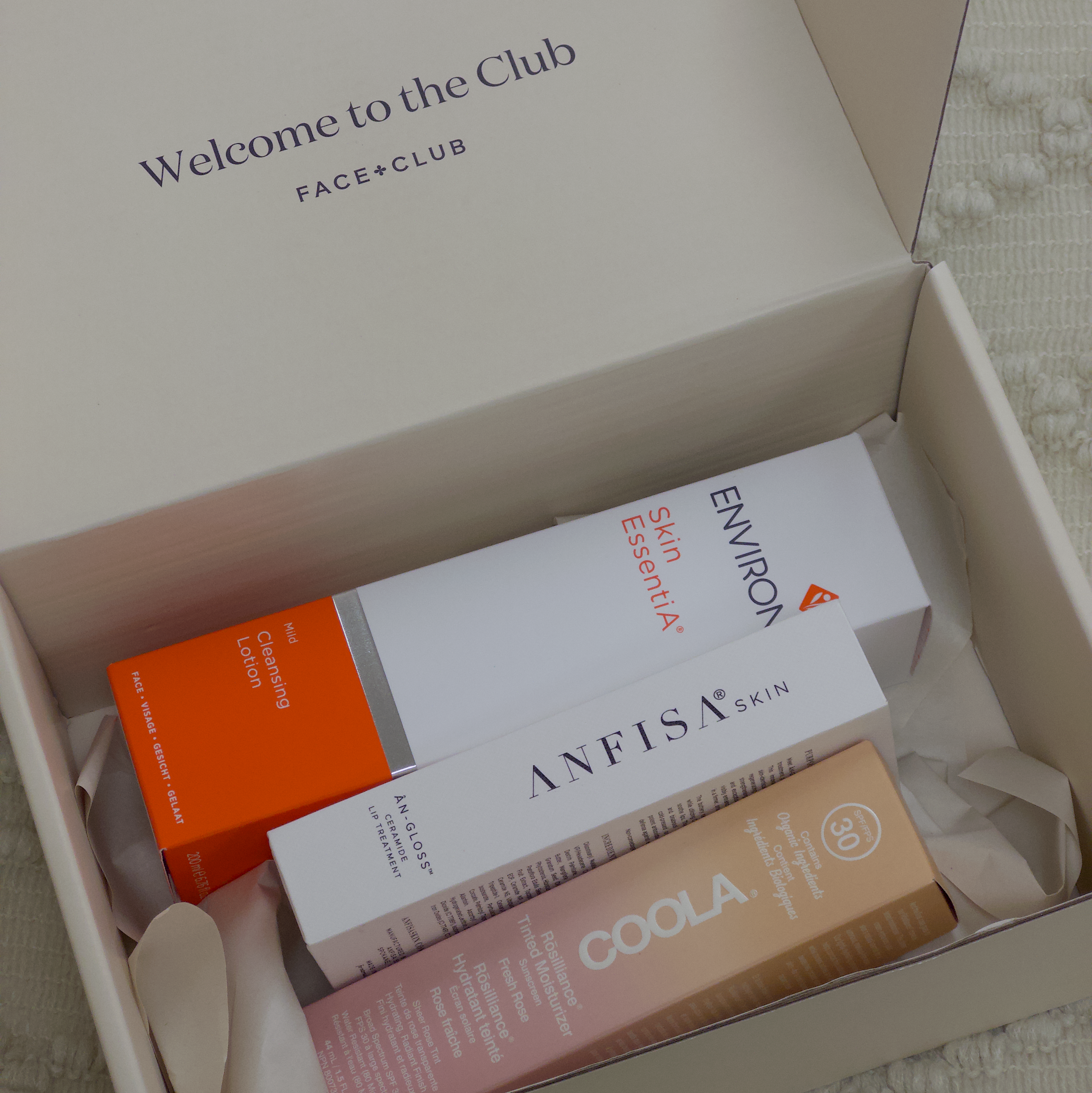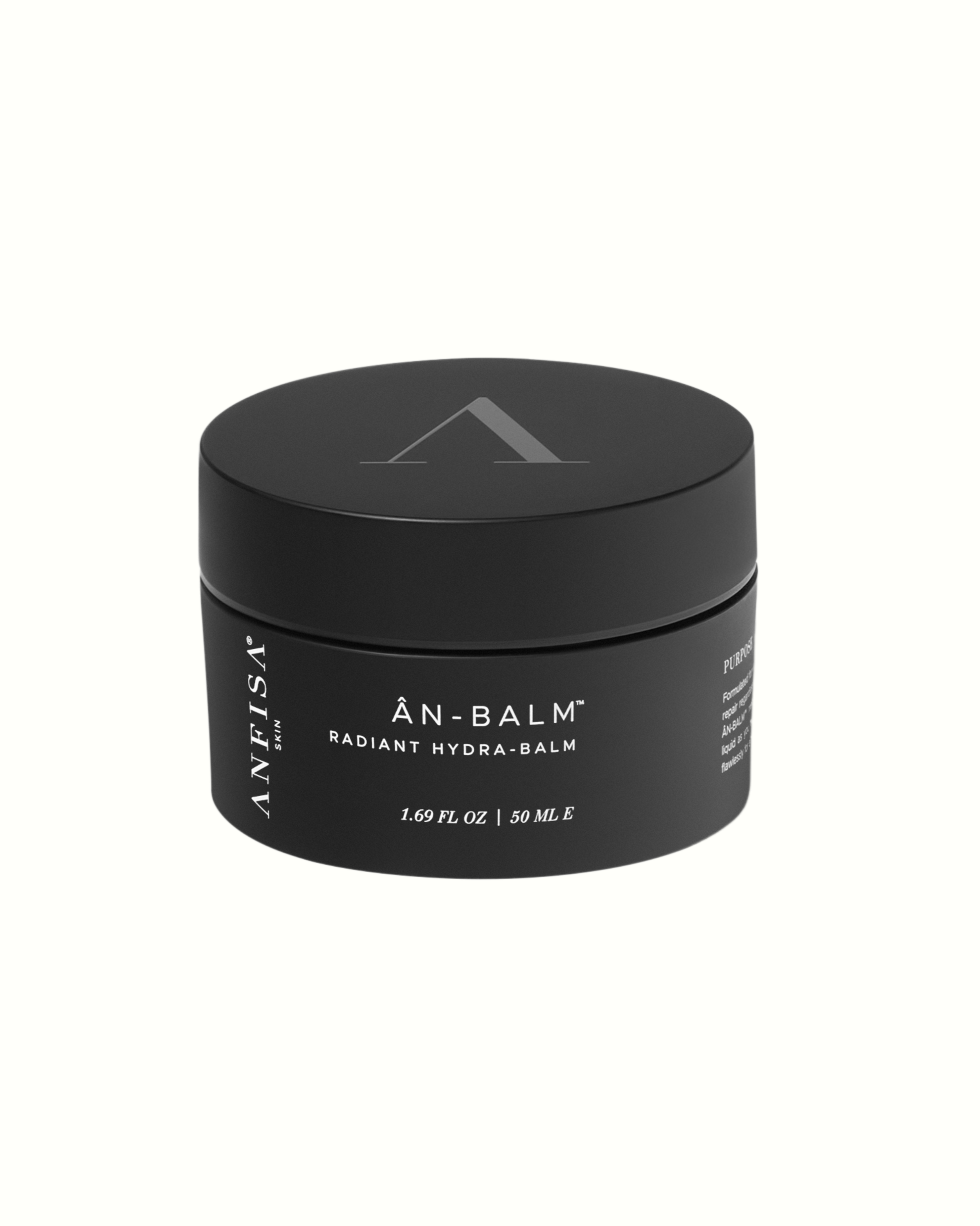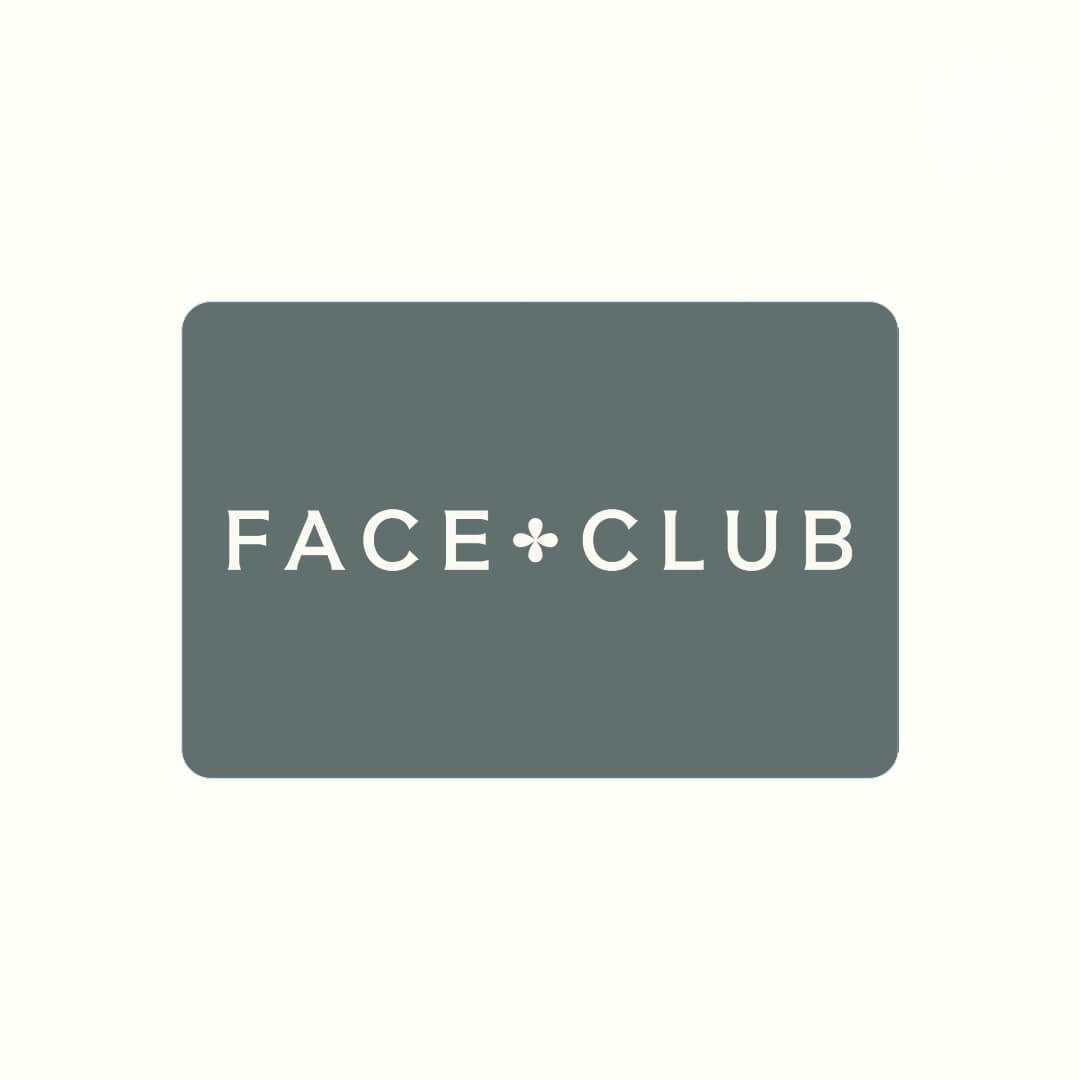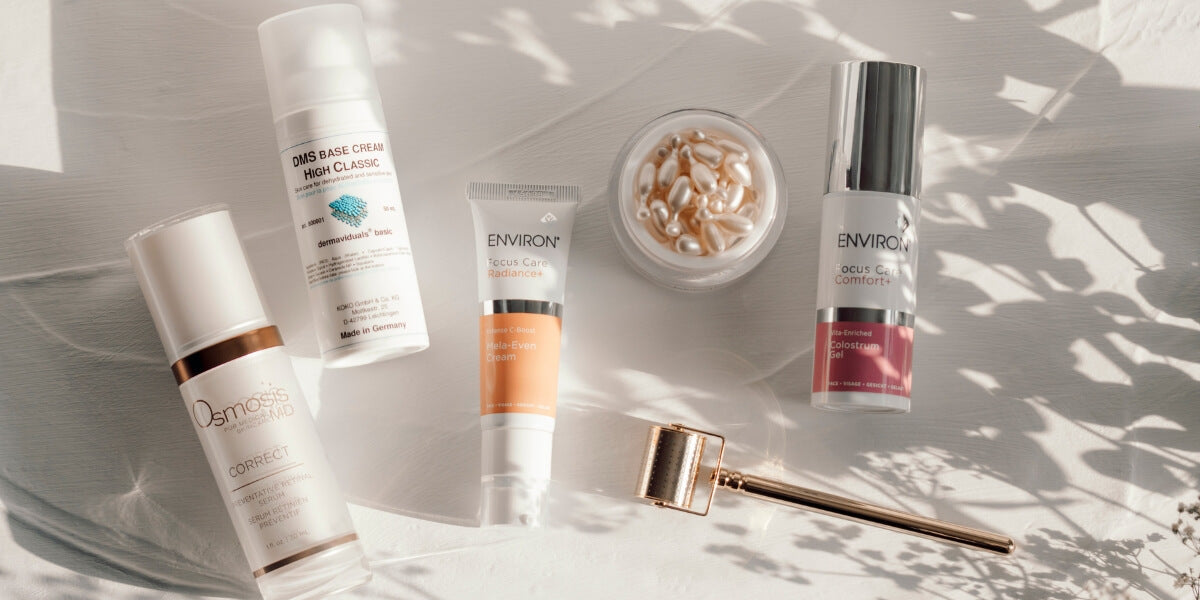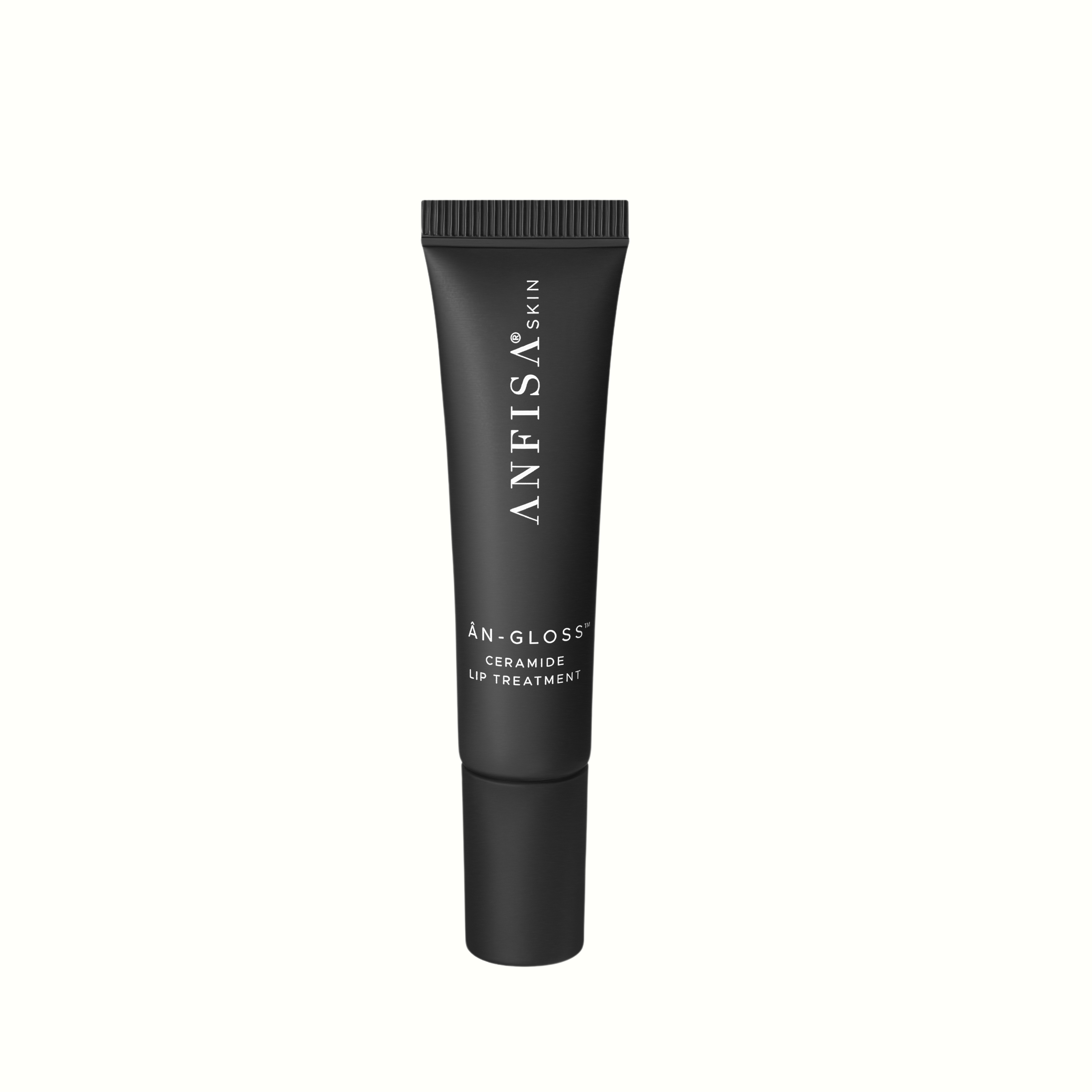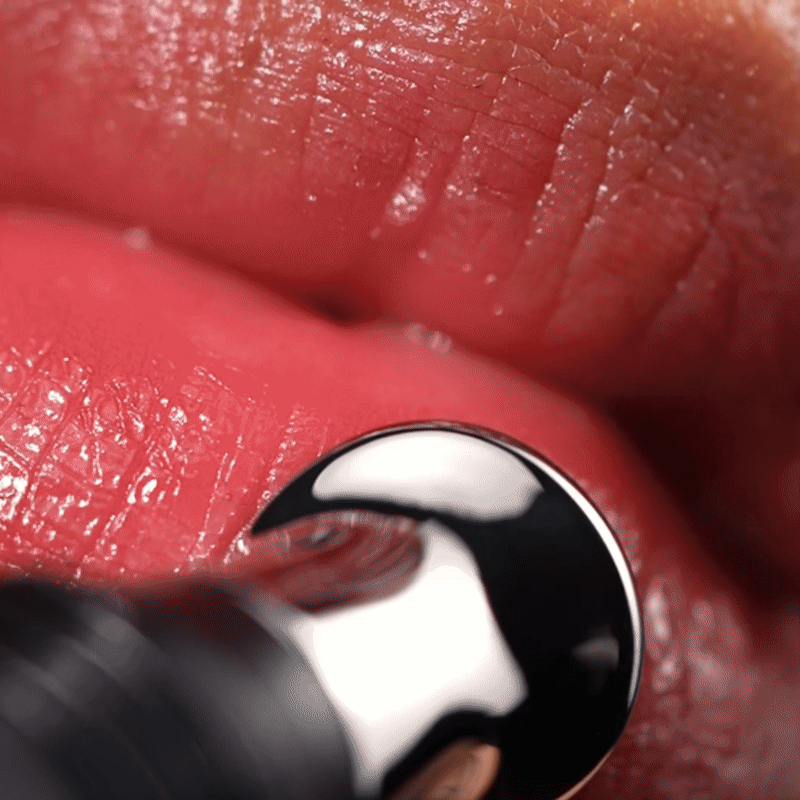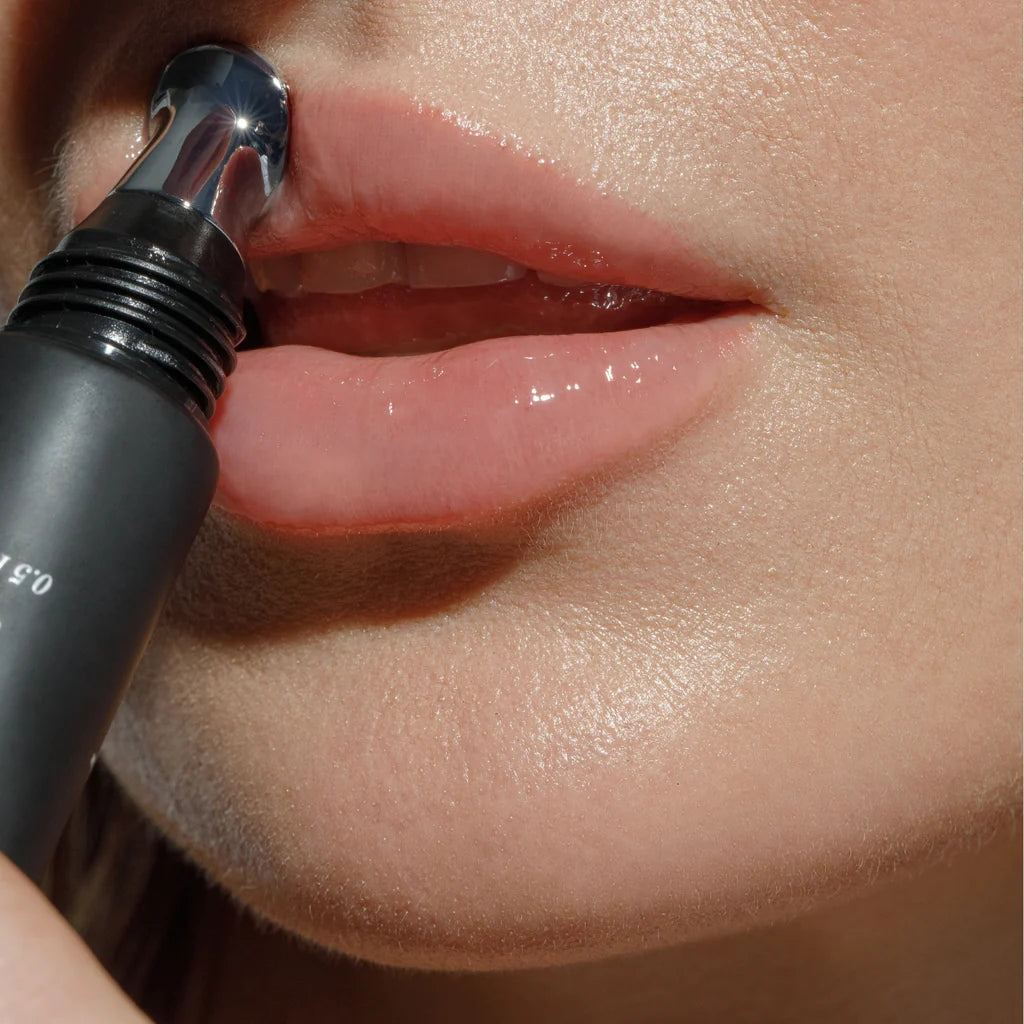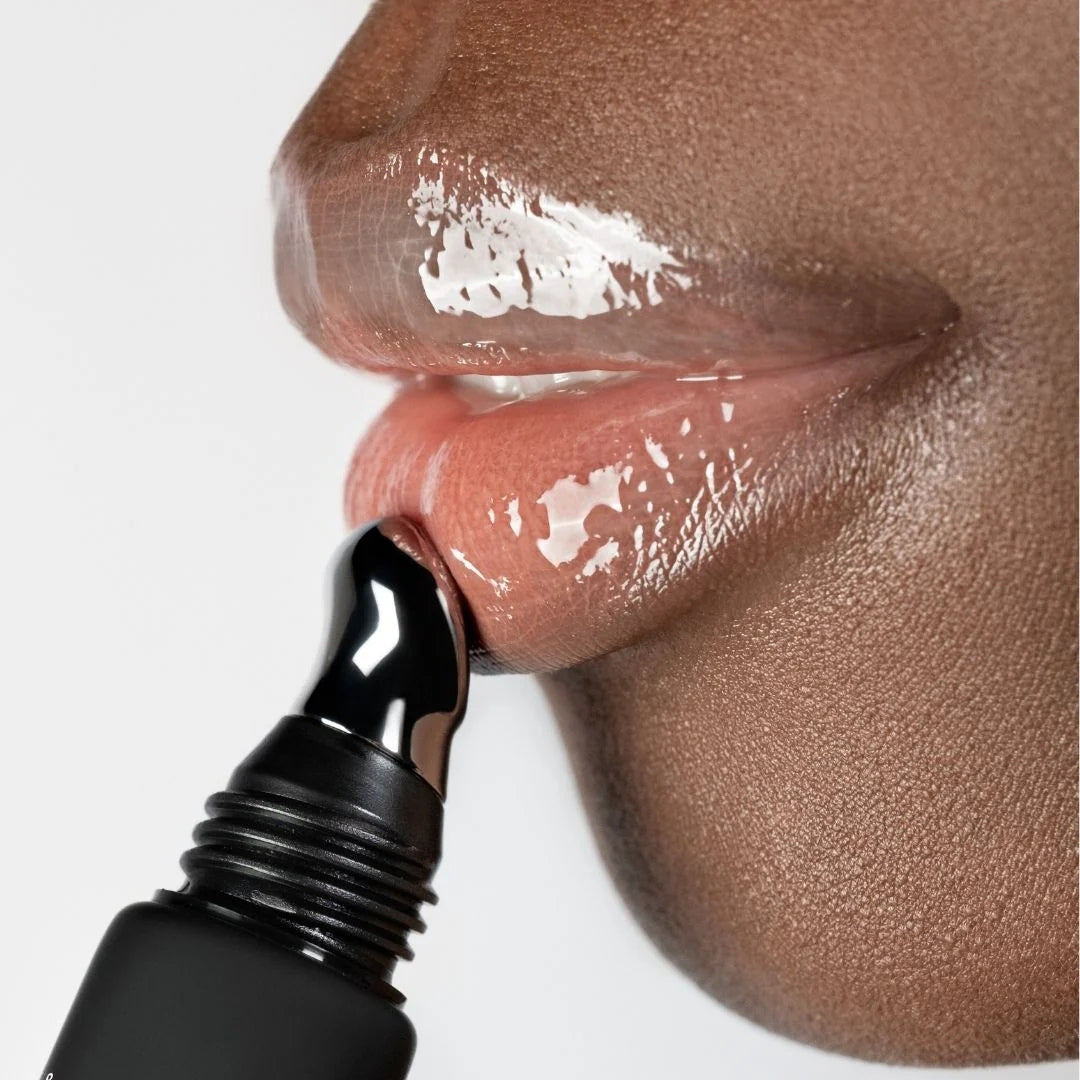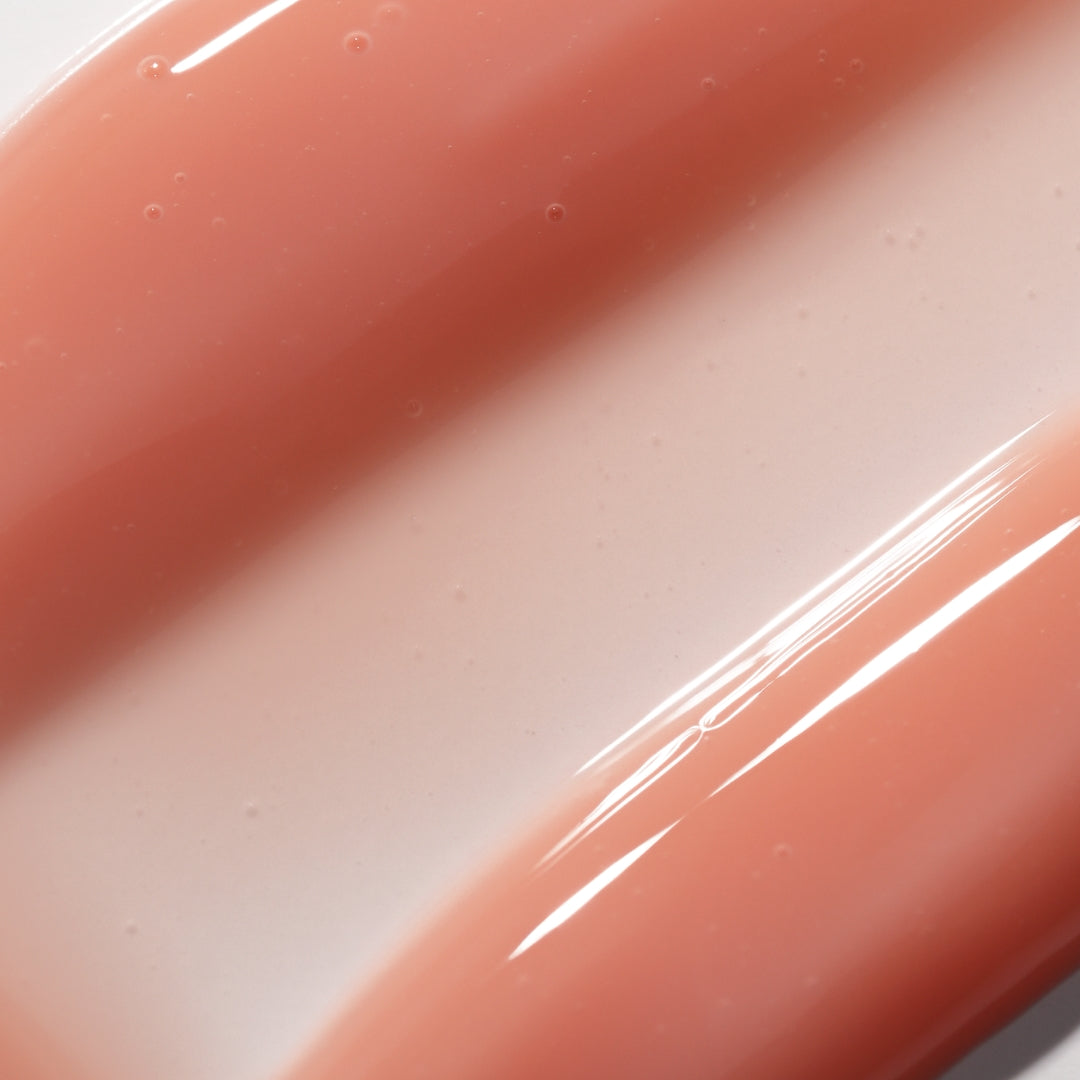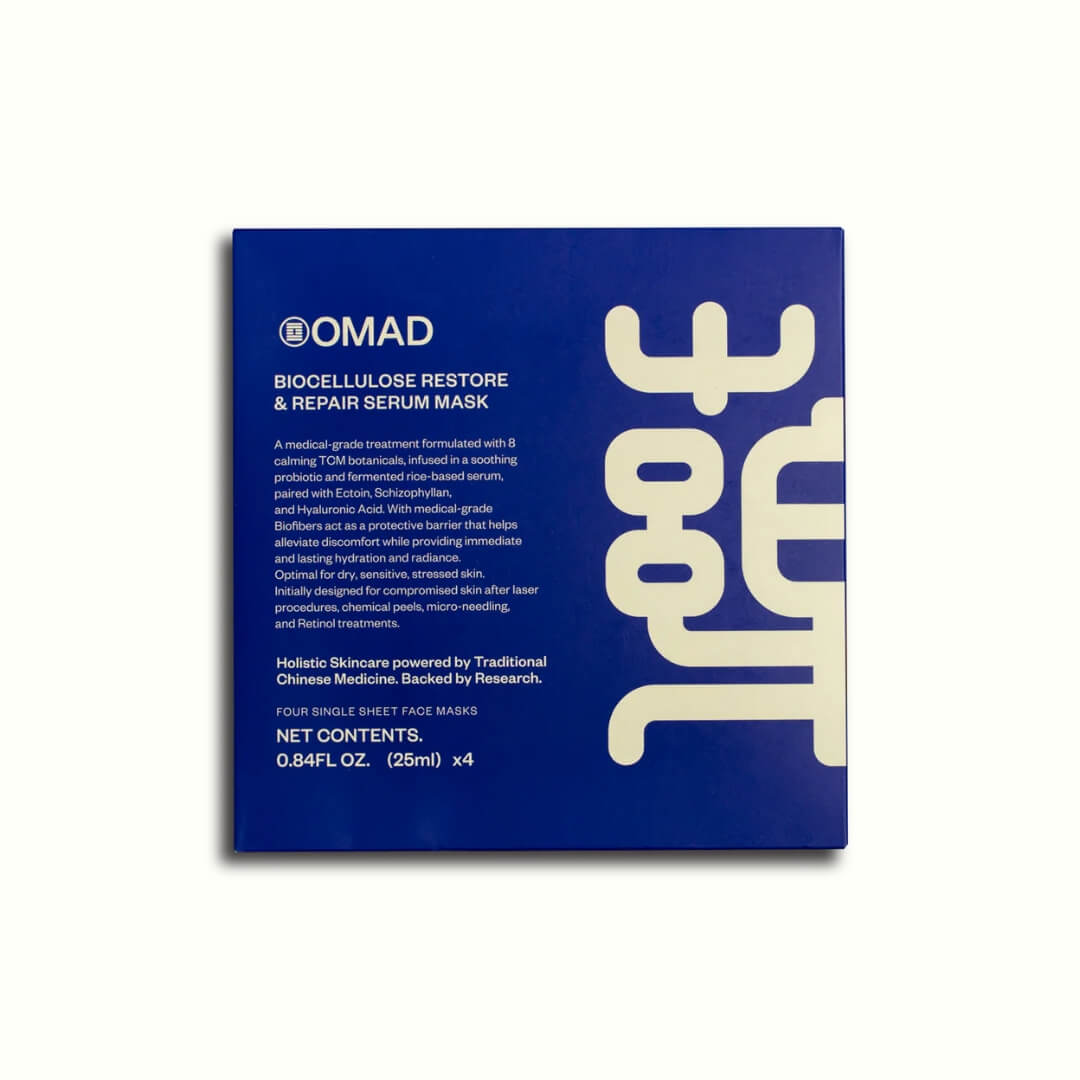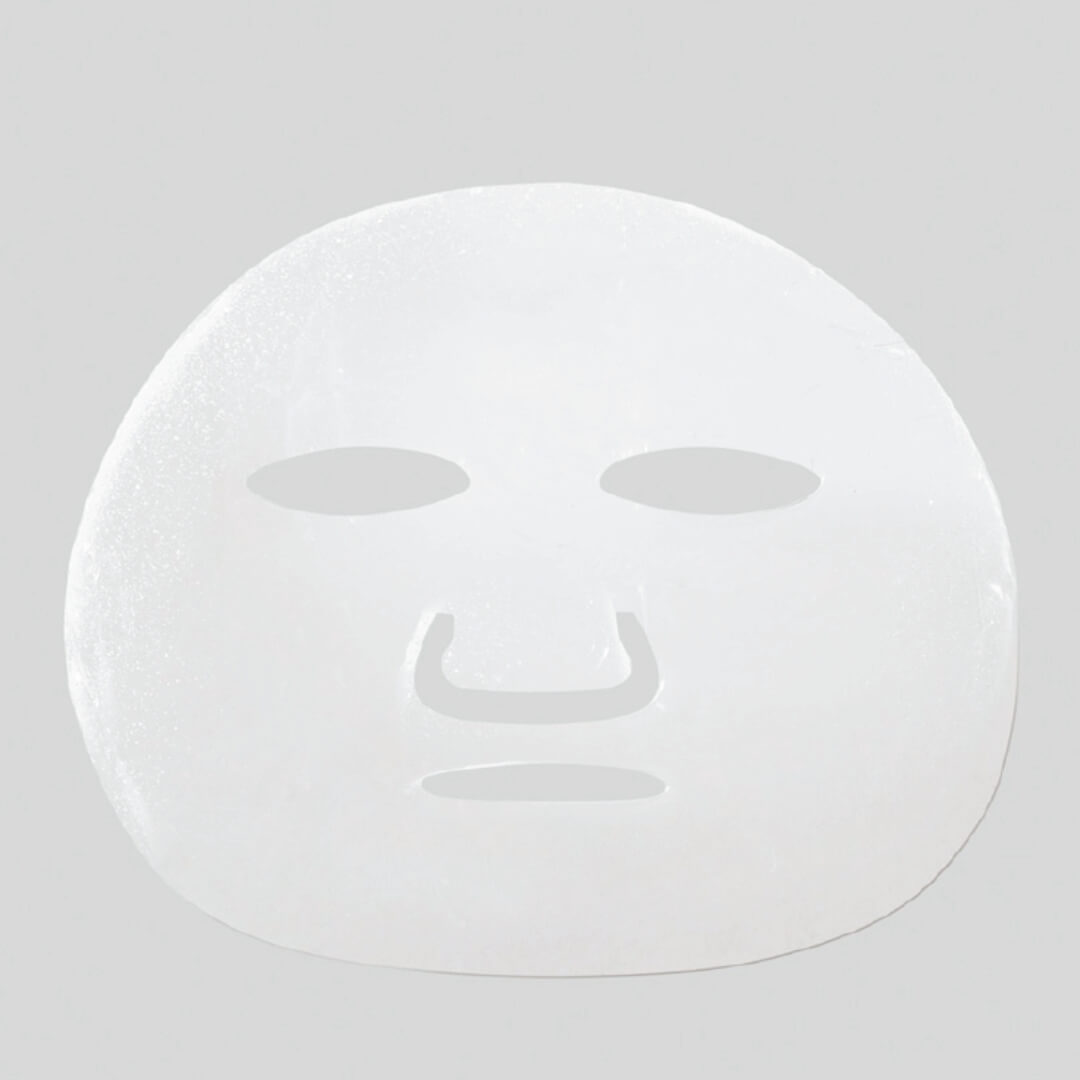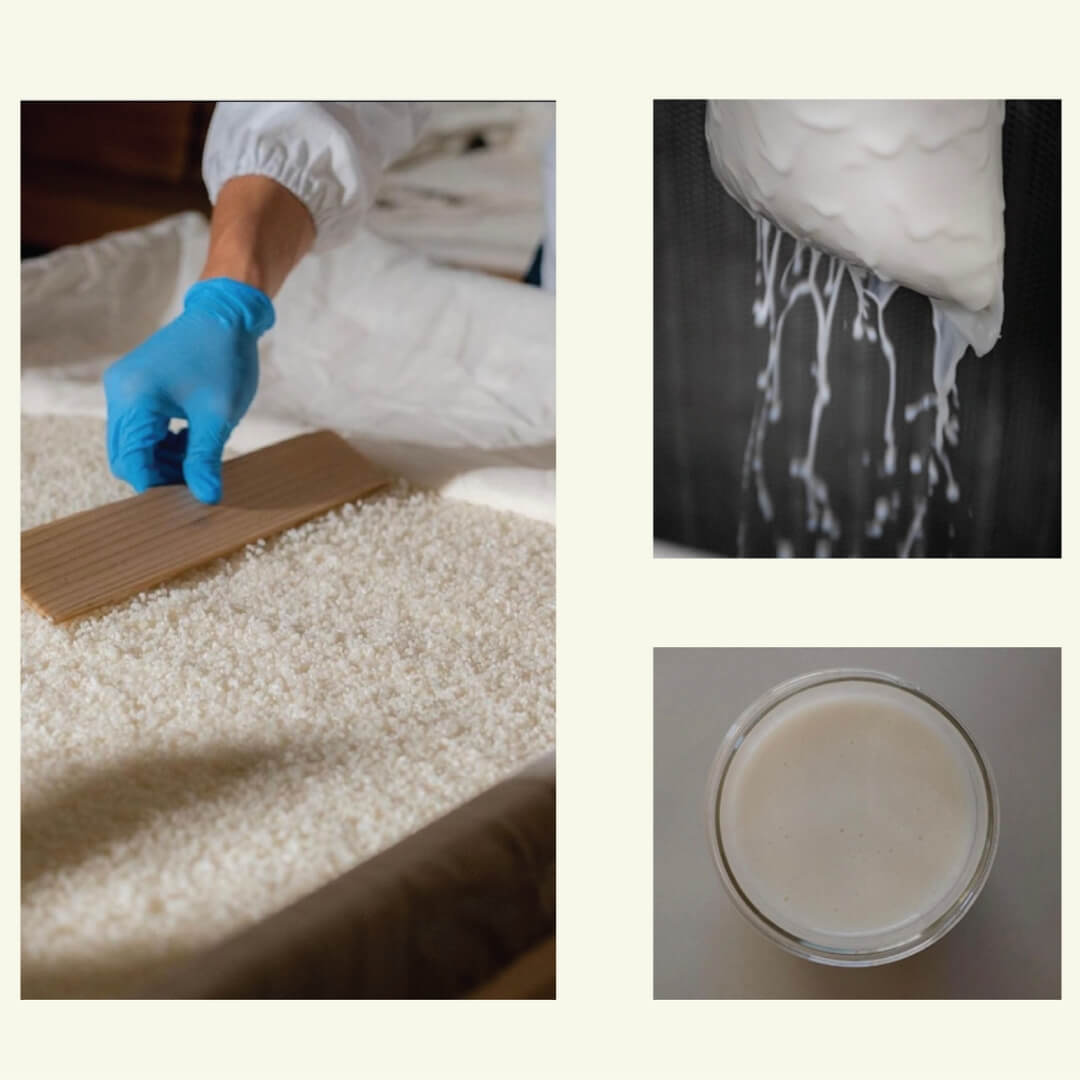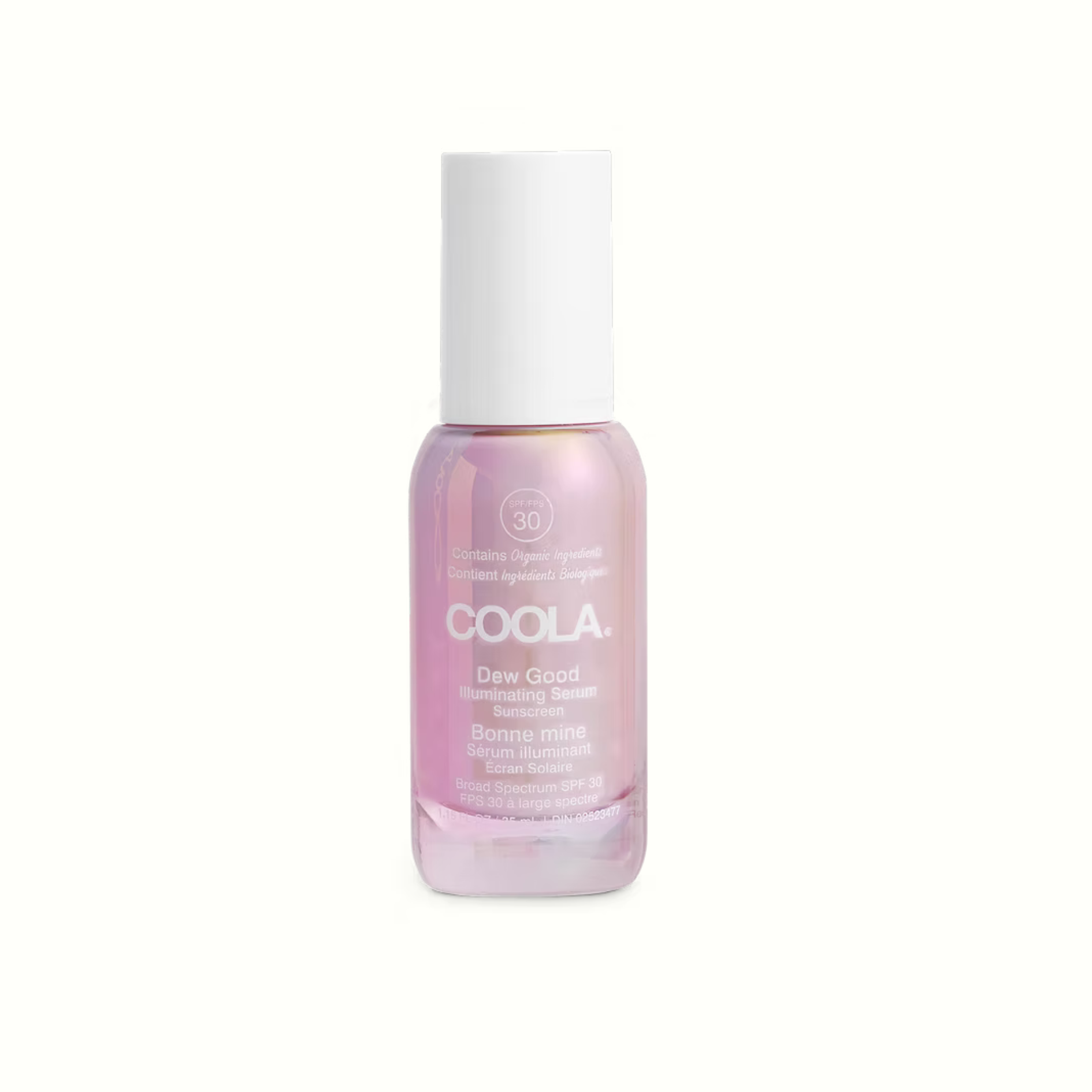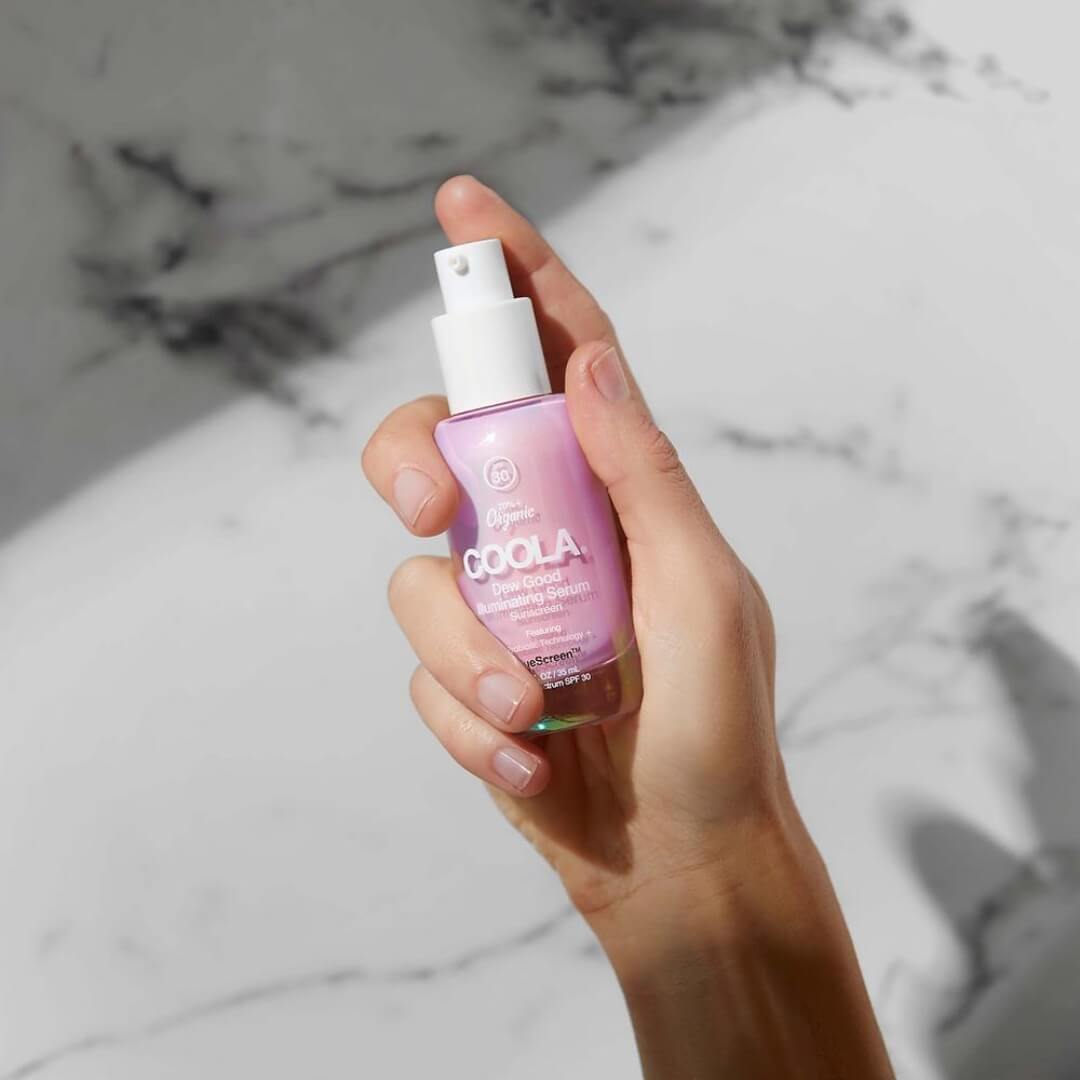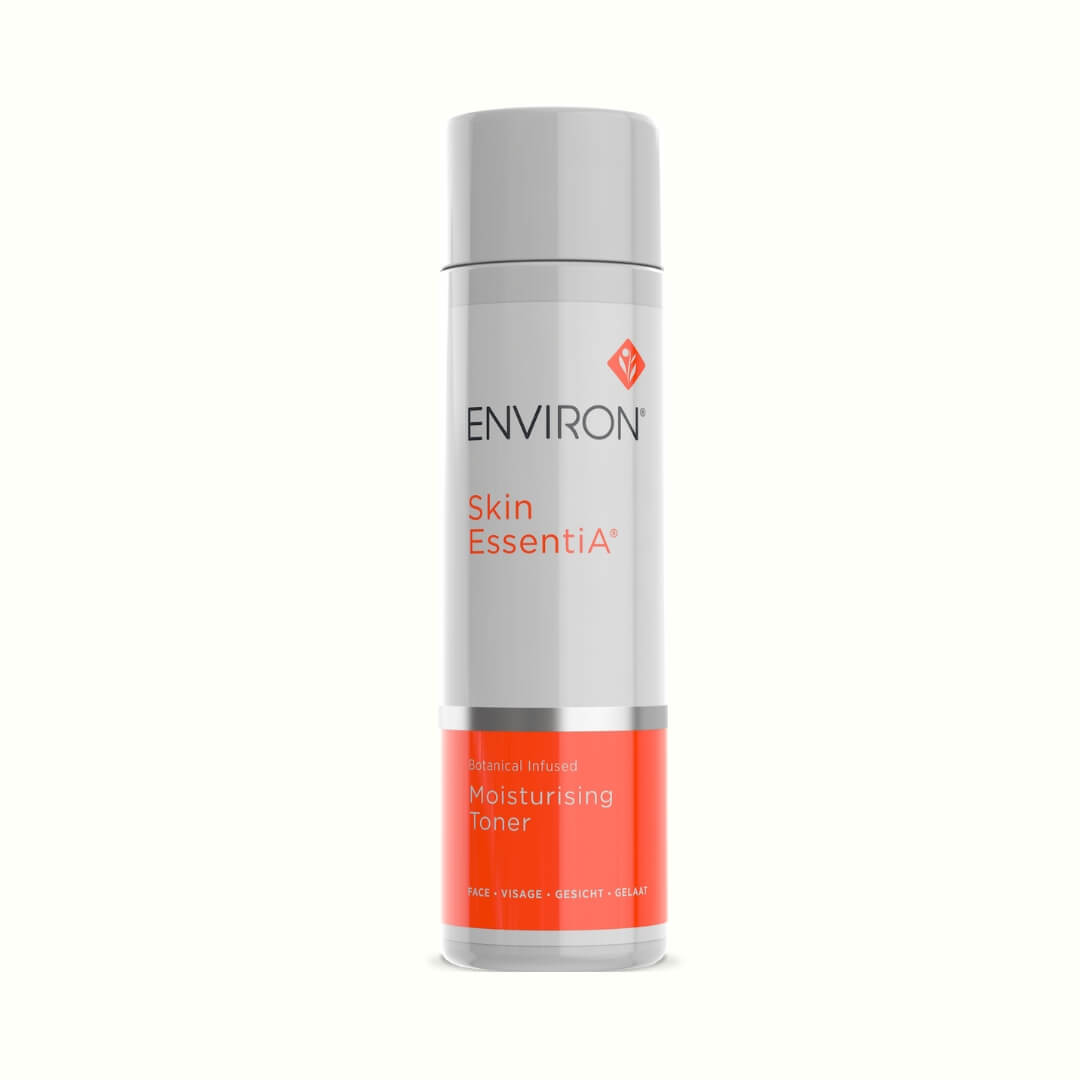De-bunking common skincare myths with facts, science, and expert-recommended products.
In the age of TikTok tips and viral beauty hacks, it’s easy to fall for skincare myths that sound convincing—but may actually harm your skin. Whether you're layering on 10 serums or using beef tallow (please don’t), misinformation can lead to wasted money, damaged skin barriers, or chronic breakouts.
Let’s debunk 10 of the most common skincare myths with facts backed by science—and real solutions available at Face Club, your trusted destination for expert-approved skincare.
1. Myth: You Only Need Sunscreen in the Summer
The truth:
UVA rays—responsible for skin aging—are present year-round, even through clouds and windows. Daily SPF is your best anti-aging tool, no matter the season.
What to do instead:
Apply a broad-spectrum sunscreen with at least SPF 30 as needed. Every. Single. day.
Recommended:
COOLA Sun Silk Drops SPF 30 – Lightweight, non-greasy, and ideal for daily indoor and outdoor protection.
2. Myth: Oily Skin Doesn’t Need Moisturizer
The truth:
You may believe that moisturizer makes oily skin worse, but the opposite is true. With oily skin, there is often an excess production of oil as well as a worse quality of sebum. Think deeper fryer oil instead of a silky, high quality olive oil. We need to improve the quality of the oils with essential fatty acid supplementation internally and topically. This will regulate sebum production, maintain a healthy barrier, and reduce breakouts/overall inflammation.
What to do instead:
Choose lightweight, non-comedogenic formulas that hydrate without clogging pores.
Recommended:
Dermaviduals Plutioderm Plus – A gentle, nourishing moisturizer containing small amounts of salicylic acid to restore the skin barrier, gently exfoliate the pores, and balance oil production for a smooth, even complexion.
3. Myth: Natural Skincare Is Always Safer
The truth:
Just because something is natural doesn’t automatically make it safe for your skin. In fact, many natural ingredients—like essential oils or citrus extracts—can cause irritation, allergic reactions, or even photosensitivity.
We often see flare ups in perioral dermatitis when clients start using botanical, “organic” skincare products. On the flip side, lab-formulated ingredients are tested, standardized, and designed for consistent results.
What to do instead:
Choose products with clinically backed ingredients that deliver real results without compromising skin health.
Recommended:
We offer clinically proven brands with scientifically proven ingredients that improve skin health without compromising the skin barrier. Take our Skin Quiz to receive your custom recommendations.
4. Myth: Retinol Thins the Skin
The truth:
Retinol may cause temporary dryness or flaking, but over time, it thickens the dermis and boosts collagen.
What to do instead:
Start slow, buffer with a moisturizer, and build tolerance.
Recommended:
Environ Tri-Retinoid Retinol Serum – A medical-grade retinol for smoother, firmer skin with minimal irritation.
*Best used when the skin is acclimated to AVST 3 or higher.
5. Myth: Drinking More Water Alone Hydrates Your Skin
The truth:
While drinking water is crucial for overall health, it doesn’t directly translate to hydrated skin. That’s because the skin has a protective barrier made up of lipids (fats) - and this is where essential fatty acids like Omega-3’s come in. Omega-3 fatty acids through diet or supplementation help rebuild and maintain the lipid layer as well as preventing transepidermal water loss for hydrated, moisturized skin.
What to do instead:
Supplement with high quality EFA’s that improve skin hydration, support skin cell membrane health, and reduce inflammation
Recommended:
Advanced Nutrition Programme Skin Omegas+ – A high quality, sustainable blend of vitamin A and essential fatty acids (omega-3 and 6) to support skin hydration from within.
6. Myth: Expensive Products Work Better
The truth:
A high price tag doesn’t always mean higher performance. * cough cough* yes, we are talking about $600 celebrity endorsed moisturizeres. What really matters are the active ingredients, formulation quality, and clinical testing—not luxury packaging. In fact, many professional-grade skincare lines deliver better results at a more accessible price point.
What to do instead:
Choose products with clinically proven ingredients from trusted professional brands rather than judging by cost alone.
Recommended:
Environ Vita-Antioxidant AVST Moisturiser 1 – A powerhouse starter moisturizer with vitamin A and antioxidants that’s designed to repair, strengthen, and rebalance your skin—without the luxury markup.
7. Myth: Chemical Exfoliants Damage Your Skin
The truth:
Gentle chemical exfoliants like AHAs and BHAs can be safer than harsh physical scrubs, as they dissolve dead skin cells without abrasion.
What to do instead:
Start with low-concentration acids and use no more than 2–3 times a week.
Recommended:
Environ Alpha Hydroxy Cream – A mild yet effective AHA blend to smooth and brighten.
8. Myth: You Don’t Need Eye Cream Until You’re Older
The truth:
Prevention is easier than correction. The delicate eye area is often the first to show signs of aging—think fine lines and dark circles.
What to do instead:
Incorporate an eye product with peptides or antioxidants as early as your mid-20s.
Recommended:
Environ Vita-Peptide Eye Gel – This lightweight formula gently hydrates the under eye while the active ingredients target fine lines, wrinkles & dark circles.
9. Myth: Pores Can Open and Close
The truth:
Pores don’t have muscles, so they can’t physically open or close. What you can do is reduce their appearance by keeping them clear and improving skin texture.
What to do instead:
Exfoliate gently and keep your skin hydrated.
Recommended:
Ân-Dew 10% Azelaic Acid + PHA Serum – Gently exfoliates and refines skin texture for a smooth, even appearance.
10. Myth: More Products = Better Results
The truth:
When it comes to skincare, less is more — 10-step routines can overwhelm the skin and disrupt the barrier, especially when layered with excessive hydration steps (essences, toners, hydrators) that don’t align with how the skin is physiologically designed to function: the stratum corneum contains only 13–15% free water and thrives in a balanced, lipid-rich environment, not one constantly saturated with water-based products. Piling on unnecessary products can stress your skin, disrupt its barrier, and lead to breakouts or sensitivity.
What to do instead:
Focus on quality over quantity. A streamlined routine topped with a lipid rich facial balm can deliver lasting hydration while supporting skin function.
Recommended:
Ân-Balm Radiant Hydra-Balm – This lipid rich facial balm provides your skin the moisture and hydration you need without over-loading the skin. Use as the final step of your AM and PM skincare routines.
Final Thoughts
The skincare world is full of noise, but your skin deserves facts, not fiction. By letting go of these outdated myths, you empower yourself to build a routine that actually works—backed by science, trusted brands, and results you can see.
Face Club is your go-to source for evidence-based skincare that cuts through the clutter. Our curated collection features only products that meet the highest standards in safety, efficacy, and trust.
Explore expert-curated skincare that actually works!
Want personalized advice? Book a virtual consultation — we’ll help you ditch the myths and get real results.



